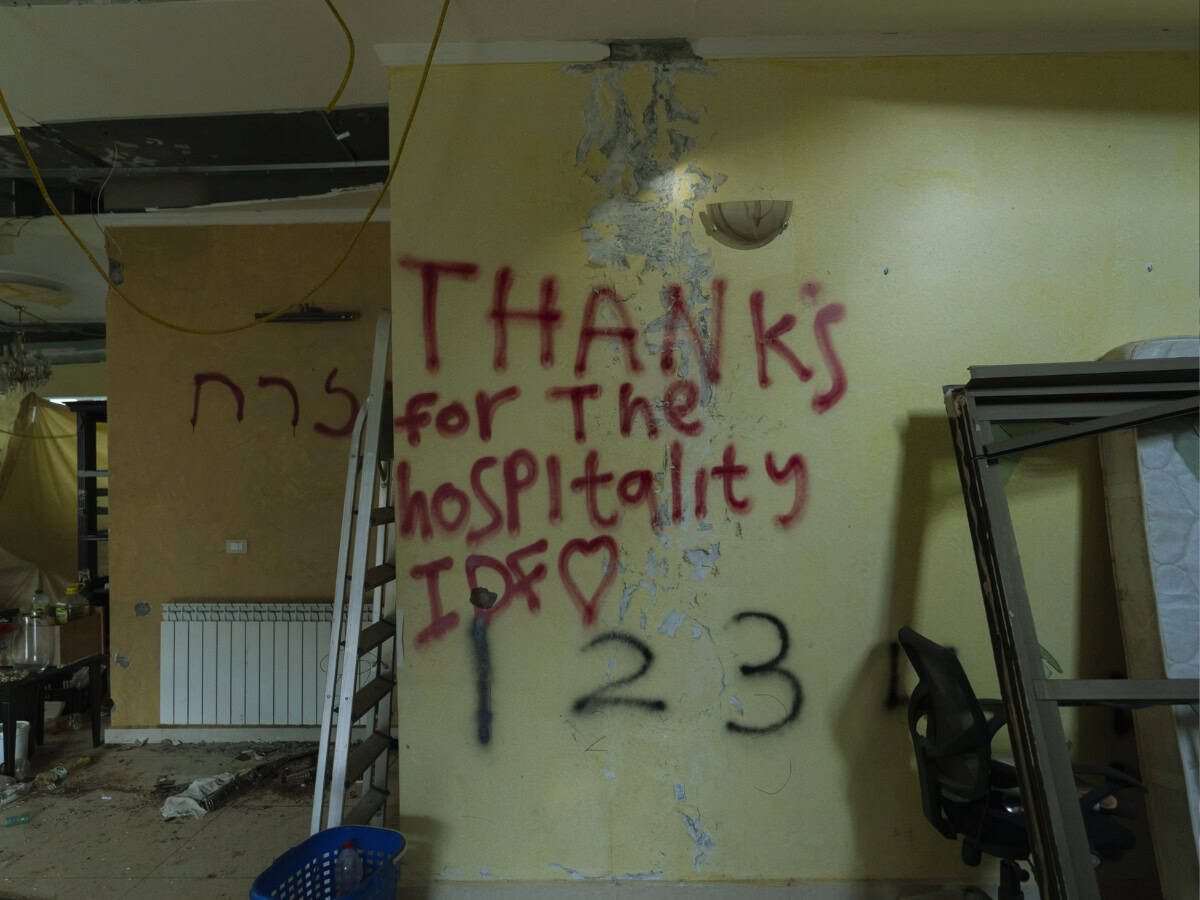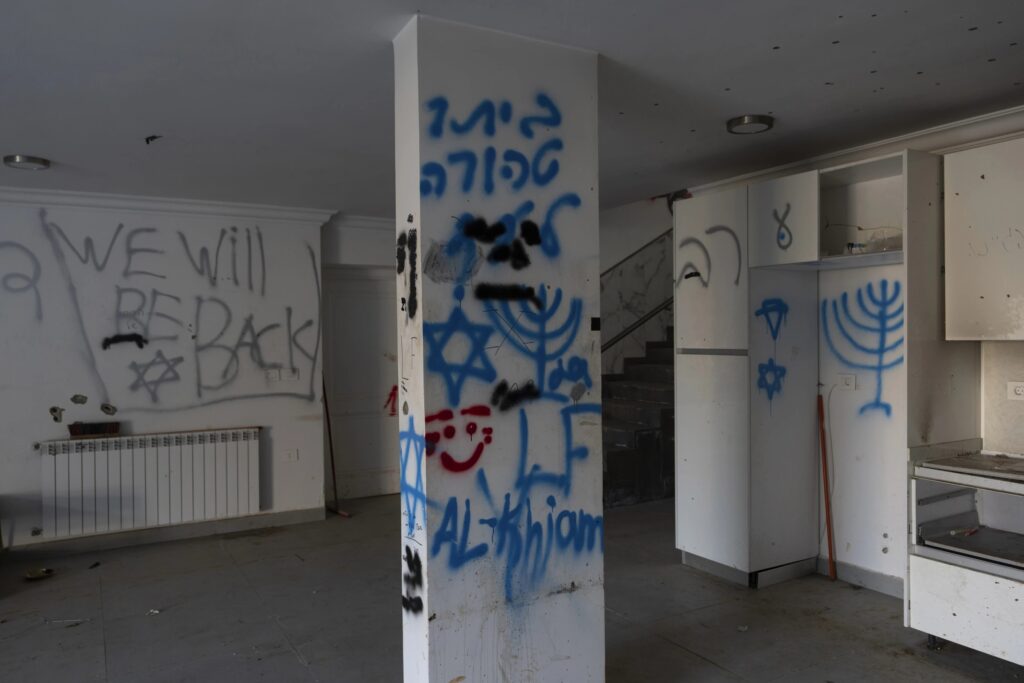
Residents of southern Lebanon have been gradually returning to their villages to find their homes heavily damaged by the fighting between Israel and the Lebanese militant group Hezbollah.
As they scour what remains, they are discovering that the battle-scarred walls of their houses served as a canvas for Israeli soldiers and Hezbollah supporters that tell the story of the war.
The scrawled messages give insight into the battles that erupted after Israel launched a ground invasion into southern Lebanon in October 2024, months after Hezbollah began firing rockets and drones at Israel in solidarity with the Palestinian militant group Hamas in the Gaza Strip.
A ceasefire in November allowed Lebanese residents to begin returning to their homes, which had been occupied by Israeli troops.
One yellow wall had written on it signs of preparedness: the cardinal directions in red. On another is what appears to be a battle plan: a hand-drawn map, a list of soldiers slated for a task and supplies — a drone, a stretcher.
“Wake up Kochuk every hour on the hour from 20:00,” reads one instruction, apparently referring to a soldier.
Elsewhere, a warning to the returnees: “We will be back,” scribbled in English, in gray spray paint, with a Star of David; the word Lebanon in red, with a large X crossing it out. One message reads cynically, “Thanks for the hospitality,” with a heart.
Others reveal moments of boredom — the rules of a card game spelled out in meticulous detail in Hebrew, along with sketches of most of the suit of hearts; a drawing of SpongeBob SquarePants, a dog, a ninja.
And still other messages appear intended to leave a personal mark: “Congratulations, mom,” scrawled in dark red on a bright pink bedroom wall, above a bed piled with belongings and near a photo of a local couple.
In another room, with windows blacked out by tarps and littered with garbage, a Bible verse. In a kitchen, inside an empty refrigerator alcove, a drawing of a blue menorah.
But not just messages from Israeli soldiers were left behind. Peppered throughout homes in the village of Khiam are notes in Arabic written by Hezbollah fighters or their supporters after Israeli forces withdrew earlier this month.
They underscore the continued allegiance to Hezbollah despite the hard blows it endured during the war. “Wish we lost everything and you stayed, Sayyed,” referring to Hezbollah’s longtime leader Hassan Nasrallah, who was killed in Israeli strikes in southern Beirut in September.
“Khiam is Golani’s graveyard,” reads a warning on one wall, referring to an Israeli military unit. On another, a message of defiance: “Our flag will not fall… We will not drop our weapons.”






